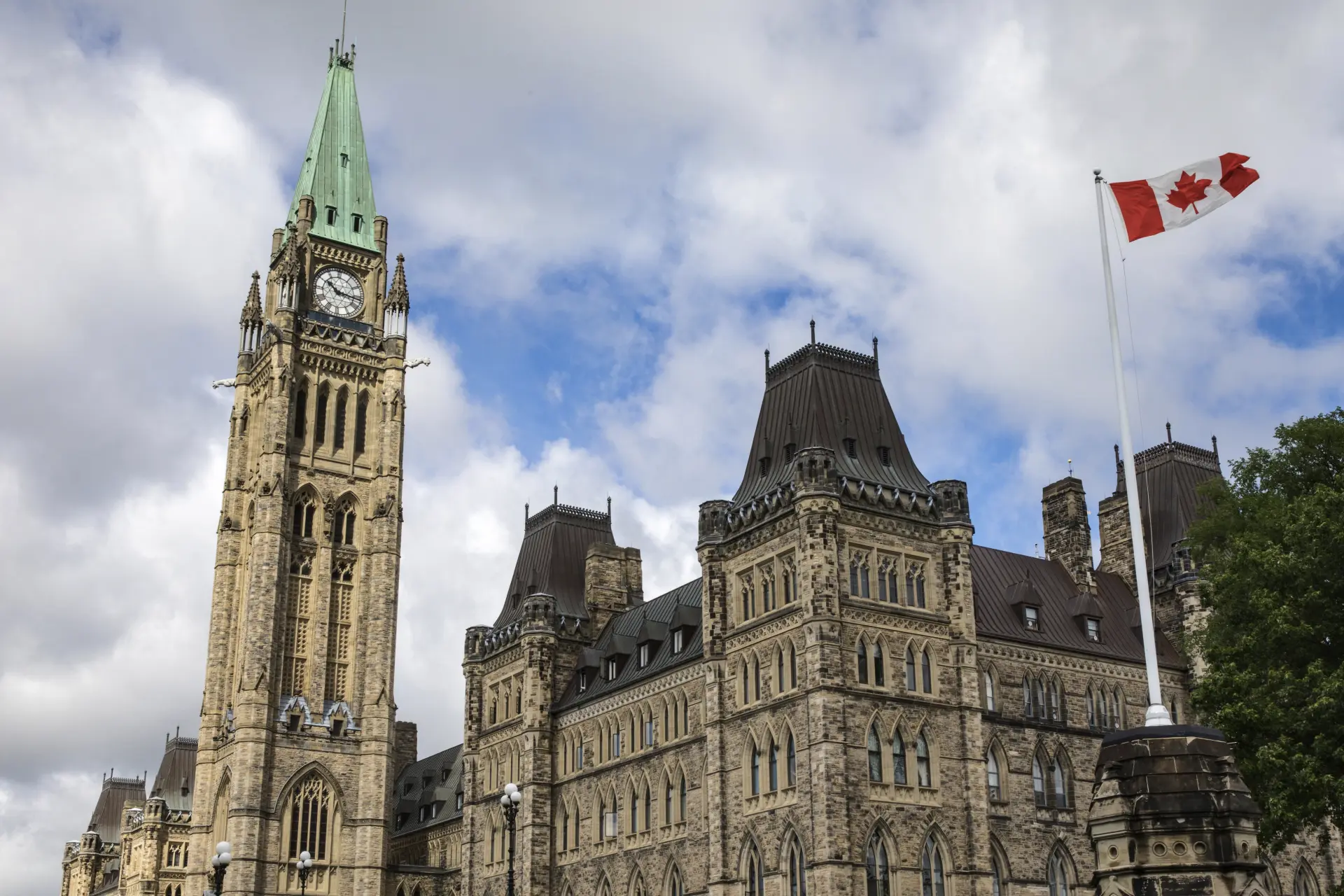Canada Reintroduces Bill to Strengthen the Canadian Environmental Protection Act

Yesterday, the Government of Canada introduced Strengthening Environmental Protection for a Healthier Canada Act which seeks to modernize the Canadian Environmental Protection Act, 1999 (CEPA) for the first time in twenty years.
Reintroduced in the Senate as Bill S-5, this legislative proposal was first introduced as Bill C-28 in the House of Commons in April 2021. Bill C-28 did not progress passed First Reading before an election was triggered in August 2021 and it therefore died on the Order Paper. Proposed CEPA amendments to strengthen environmental protections and keep pace with the evolving science around the management of chemicals and pollutants is the fulfillment of a longstanding commitment by the governing Liberals.
The Honourable Steven Guilbeault, Minister of the Environment and Climate Change announced the re-tabling of the bill, with support from MP Terry Duguid, Parliamentary Secretary to the Minister of Environment, the Honourable Jean-Yves Duclos, Minister of Health, and Senator Stan Kutcher, who is the bill sponsor.
CEPA will continue to maintain its fundamental chemicals management structure including the “risk-based” approach, which considers a substance’s properties as well as exposure to the substance. Furthermore, the criteria for determining whether a substance is toxic under CEPA have not changed, which provides continued certainty and predictability for industry.
The key proposed changes include:
A right to a healthy environment
- The Government would be required to develop an implementation framework, which would set out how the right to a healthy environment will be considered in the administration of the Act. The framework would detail, among other things, how principles such as environmental justice and non-regression would be considered in implementing the Act, as well as how the right would be balanced with relevant factors, such as social, health, economic and scientific considerations.
- The amendments also include requirements on the Ministers of Environment and Climate Change and of Health to consider available information regarding vulnerable populations and cumulative effects of substances when assessing risks posed by substances, and to conduct research, studies or monitoring activities to support the Government in protecting Canadians’ right to a healthy environment.
Protecting vulnerable populations
- The amendments define vulnerable population as “a group of individuals within the Canadian population who, due to greater susceptibility or greater exposure, may be at an increased risk of experiencing adverse health effects from exposure to substances.”
- Changes to CEPA would provide that the Government’s duty under the Act to protect the environment and human health includes protecting vulnerable populations.
Assessing real life exposure
- Amendments to CEPA will require that the Government consider available information about the cumulative effects on human health and the environment that may result from exposure to the substance in combination with exposure to other substances when conducting and interpreting the results of risk assessments.
A stronger regime for substances that are toxic under CEPA and of the highest risk
- The new regime will retain the risk-based approach in the current Act. For substances assessed as meeting the criteria to be considered toxic under CEPA, the amendments would then require that the Ministers give priority to prohibiting activities in relation to said toxic substances of the highest risk. The criteria for substances of the highest risk would be set out in regulations, and would include persistence and bioaccumulation as well as criteria for such things as carcinogenicity, mutagenicity, and reproductive toxicity.
- To reflect this new approach, Schedule 1 will be divided into two parts. Part 1 will contain substances of the highest risk, for which the Act will prioritize the prohibition of activities and releases of concern, and Part 2 will contain all other CEPA-toxic substances.
Supporting the shift to safer chemicals
- The Government will recognize the importance of encouraging the progressive substitution of substances with alternatives that are safer for the environment or human health.
- Proposed amendments will require the Minister of Environment and Climate Change to publish and maintain a “Watch List”—a list of substances that have been determined to be capable of becoming toxic under CEPA if, for example, exposure increased.
A new plan of chemicals management priorities - The Government will develop a new Plan of Chemicals Management Priorities for the assessment of substances to better understand and protect Canadians and the environment from substances of concern.
Increased transparency in decision-making
- Proposed amendments to CEPA will provide Canadians with a means to formally request that a chemical be assessed, requiring Ministers to consider and respond to any such request.
- They will also require that the Government communicate anticipated timelines for completing all the risk management actions proposed when a substance is found to be toxic under CEPA.
- Industry will also be required to provide to the Government a rationale to support requests for confidentiality for business information. In addition, the Government will establish the circumstances under which the Ministers may disclose the names of masked substances or living organisms. This proposal is consistent with the approach taken by the United States Environmental Protection Agency based on similar requirements under the Toxic Substances Control Act (TSCA).
Reducing reliance on animal testing
- Amendments to the preamble of CEPA will recognize the need to reduce reliance on animal testing when assessing the risks that substances may pose on human health and the environment.
Changes to the Food and Drugs Act (FDA) to strengthen the environmental risk assessment and risk management of drugs
- The Government is also proposing to make amendments to the FDA that will enable it to create an environmental notification, risk assessment and risk management framework for drugs under the FDA.
In addition to proposed legislative changes, the Government is also moving forward with the following new measures:
Labeling and information for consumers
- To address growing demand for readily accessible information on chemicals in consumer products, the Government is committed to enhancing mandatory labelling requirements for certain consumer products and to improving the transparency of chemical ingredients in business supply chains.
Updating the regulatory framework for products of biotechnology
- To keep pace with the rapidly evolving biotechnology sector, the Government of Canada will undertake a full and comprehensive review of the New Substances Notification Regulations (Organisms), which provide for the assessment of risks posed by new living organisms prior to their being introduced into the Canadian marketplace.
Upcoming and associated consultations include:
- The framework for the right to a healthy environment
- Regulations for criteria determining substances of the highest risk
- New ways to improve labelling
For more detail:


